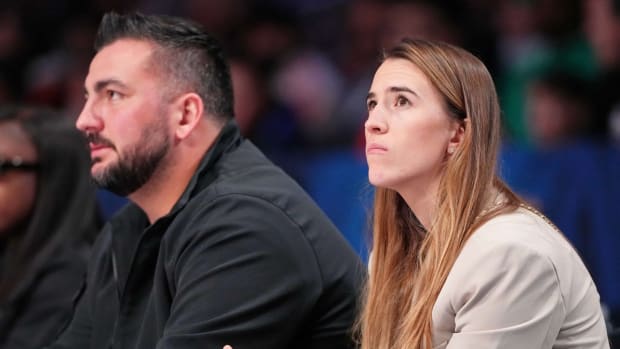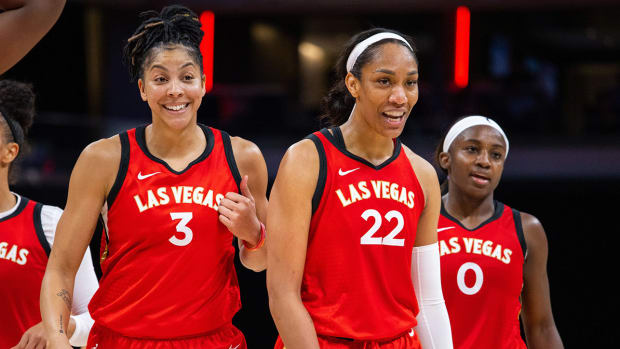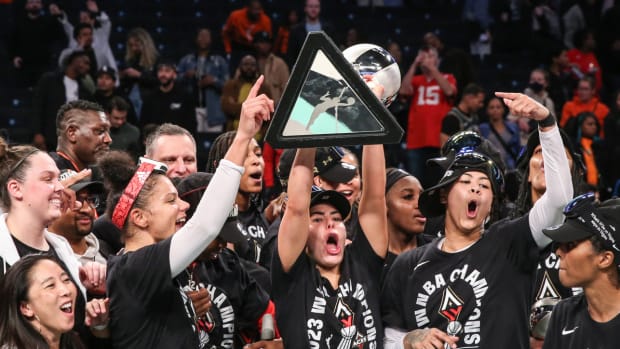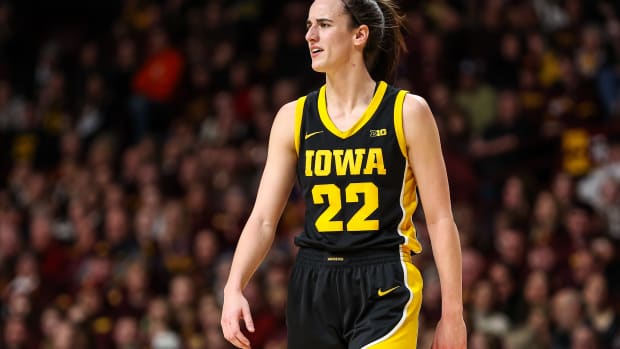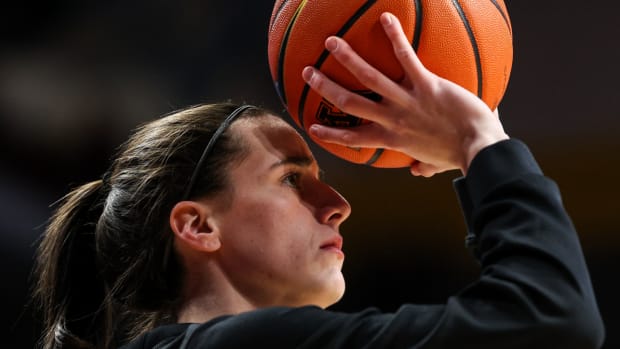How WNBA Players Are Fighting For Greater Share of League Revenue
When WNBA commissioner Lisa Borders addressed the media before Game 1 of the finals on Sept. 7, she reported that regular-season TV viewership had increased by 31%, League Pass digital subscriptions were up 39% and merchandise sales were up 66%. The talk about rising revenues naturally led to the topic that has dominated discussions this season: increasing player compensation.
The maximum veteran salary for 2018 was $115,500, not including bonuses, and rookies were paid from $40,000 to $50,000. For beating the Washington Mystics in three games to win the championship on Sept. 12, Seattle Storm players received $11,000 each.
While salaries in the NBA—a league that brings in $7.4 billion in revenue—are not comparable to WNBA salaries, WNBA players are exploring ways to increase their share of revenue. As set by their collective bargaining agreement, NBA players receive 50% of revenue ($7.4 billion); WNBA players receive no more than 20% of their league revenue ($52.4 million) based on their CBA, which is in effect until 2021.
"We want to be the best in every aspect of our business," says Borders. "No one doubts we have the best talent. We do not have the revenues to support greater revenue sharing with our players—but it's coming."
It could be coming soon. Either side can opt out of the CBA by Oct. 31, and the contract would end after the 2019 season. The WNBA players’ union requested financial information from the league last spring, and its executive committee has been meeting once or twice a month since.
The confluence of a USA Basketball game against Japan on Sept. 11 and Game 3 of the Finals—which both took place in Washington D.C.—offered a rare opportunity for players and union officials to have face-to-face meetings to discuss the key issues and share concerns about health and safety, as well as the overall player experience, that could be addressed in a new CBA.
Union representatives Chiney Ogwumike, a forward for the Connecticut Sun, and Las Vegas Aces center Carolyn Swords, along with Terri Jackson, the director of operations for the players’ association, met with legislators on Capitol Hill. Sen. Kirsten Gillibrand of New York discussed a bill she introduced (and that was passed with bipartisan support) that makes it easier for businesses to offer employee ownership stock plans (ESOPs). The WNBA CBA currently prohibits active players from having an ownership stake in a team; asking for more flexible language regarding ESOPs is something the union is discussing. The group also met with Sen. Patty Murray of Washington, who is interested in pay equity and wanted to offer the union her support.
The biggest challenge for the union is making sure players understand the economics of the league and the risks of triggering the opt-out clause. To that end, Jackson invited her NFLPA counterpart, DeMaurice Smith, and Michele Roberts, the executive director of the NBA players association, to address the players.
Says union president Nneka Ogwumike, who also scored 22 points for Team USA in a 102–87 win over Japan the night after the meetings, “Participation and engagement have definitely progressed as more players understand how much they can impact not only the WNBA but women’s sports as well.”












